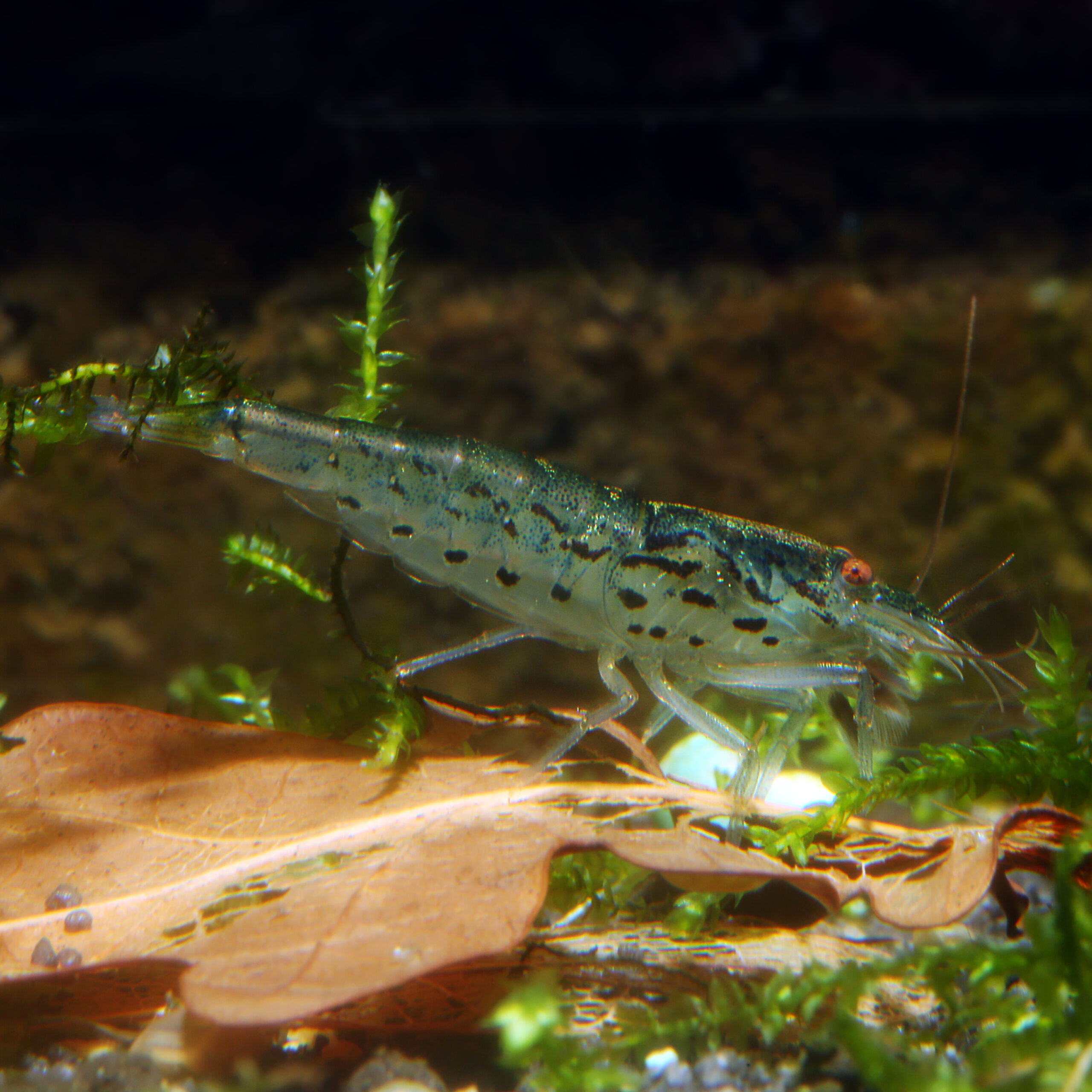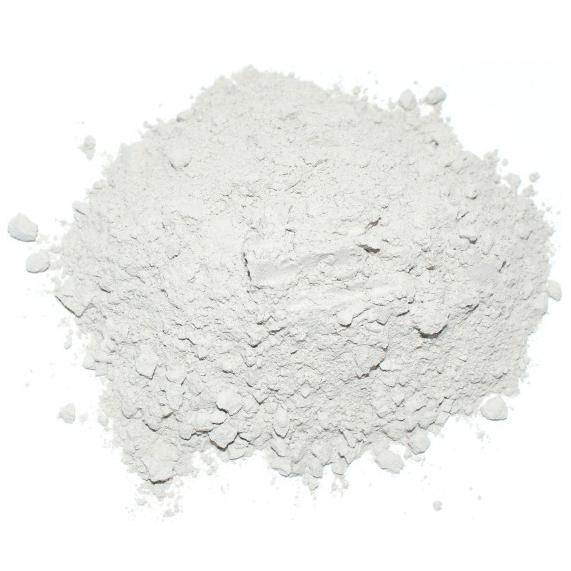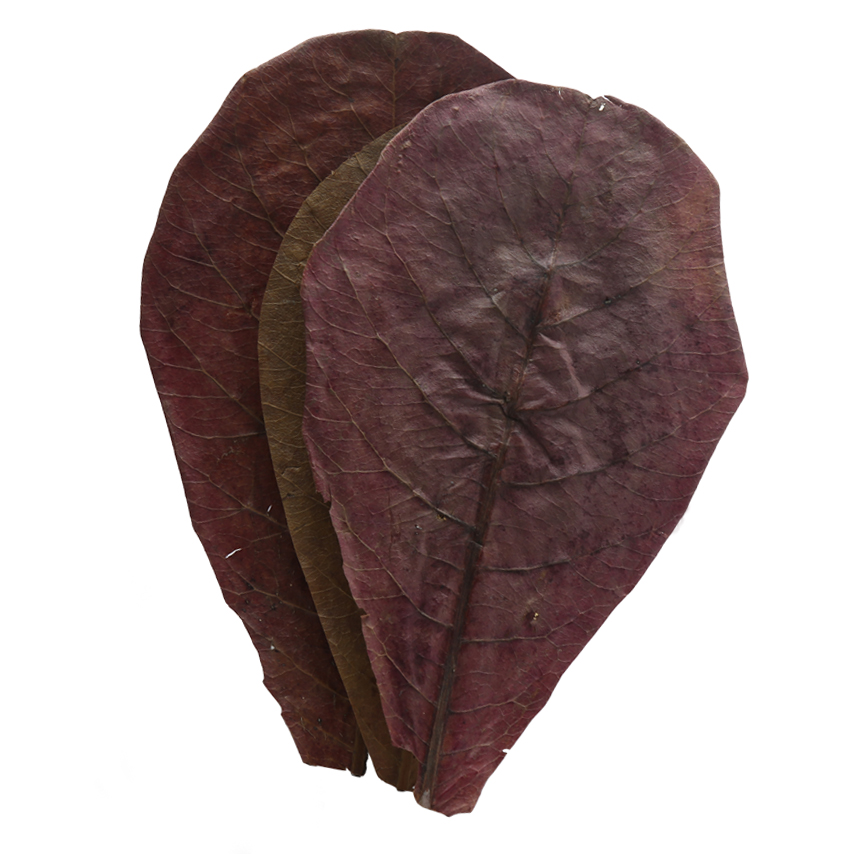Malawa Shrimp
Caridina pavidentata
The Malawa Shrimp is a very small and robust species of wild shrimp.
- one of the smallest dwarf shrimp
- transparent bluish colored
- easy to maintain
Out of stock
Receive in-stock notifications for this.
 Delivery in a few working days
Delivery in a few working days
 Free shipping from €60 across Austria
Free shipping from €60 across Austria





Important data
Product description & details
The Malawa Shrimp, Caridina parvidentata, has its natural origins in the south of the Indonesian island of Sulawesi, where it lives in mountain streams and rivers. With a maximum body length of 1.8cm, it is one of the smallest freshwater shrimp we currently know. The body of this species of shrimp is transparent and can have a slight blue, red or black hue. Many animals also have more or less pronounced dark stripes.
Care in the aquarium
Due to its small size, the Malawa Shrimp can be kept in an aquarium with a volume from 10 liters. However, since the water parameters are more stable in larger aquariums, we recommend at least 20 liters. As a group animal, this small shrimp likes to be kept together with at least 10 members of its species. This very easy-care type of shrimp, in contrast to most other common Sulawesi shrimp, does not require treated osmosis water, but can be kept in soft to hard tap water with a temperature between 20 and 28°C. It is also grateful for hiding places in the form of plants, wood or stone structures. These light colored shrimp look most beautiful on a black background. The Malawa Shrimp is an absolutely peaceful shrimp species that can easily be associated with fish and invertebrate species that do not prey on it.
Feeding
As a classic recycler of leftovers, the Malawa Shrimp feeds on biofilm and algae growth as well as detritus (dead plant material, carrion, leftover food). In the aquarium it can be fed with special shrimp food, leaves, algae powder and occasionally frozen food. Ideally, there are always brown autumn leaves in the aquarium, which represent ideal permanent food for the animals.
Sexual characteristics and breeding
Sex determination is usually only possible in sexually mature animals. Juveniles and males have a narrower underside of the abdomen, while sexually mature females have a wider underside that covers the swimming legs like a “skirt”. This widening of the abdomen serves to protect the eggs, which the female carries and cares for between her swimming legs for around 3-4 weeks until they hatch. Female Malawa Shrimp are also significantly larger at around 1.8cm than the males, which are up to 1.5cm in size. Breeding the Malawa Shrimp in the aquarium is not particularly difficult. A female can release 20-30 fully developed young approximately every 5-6 weeks.








